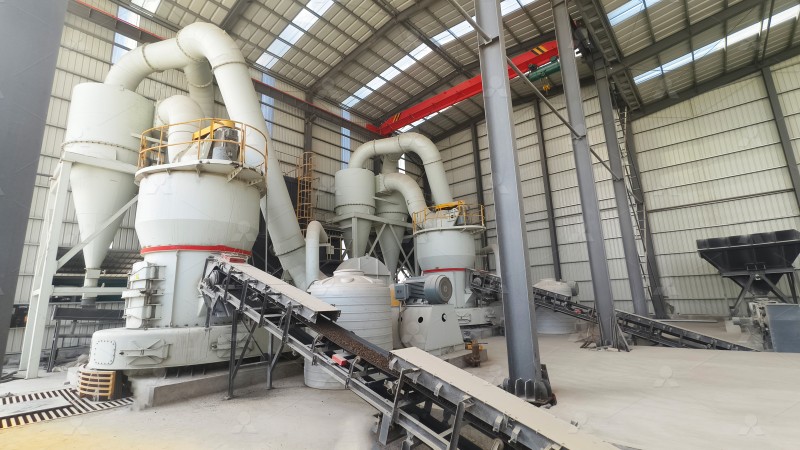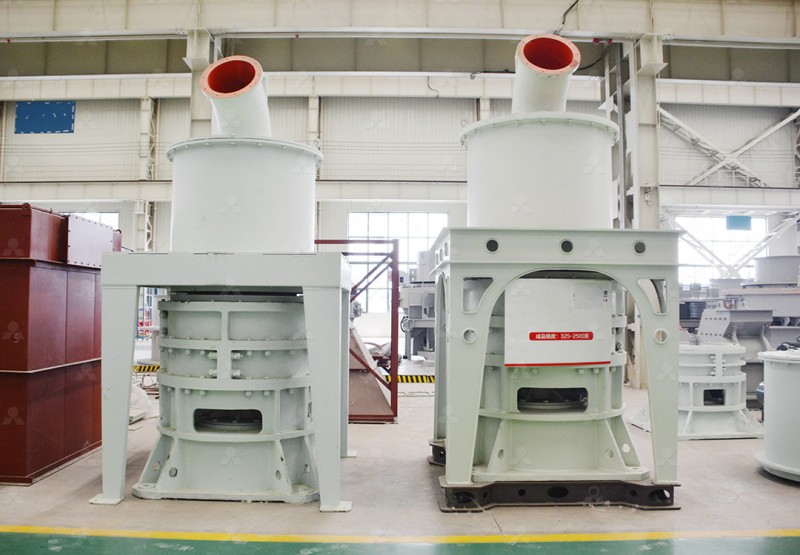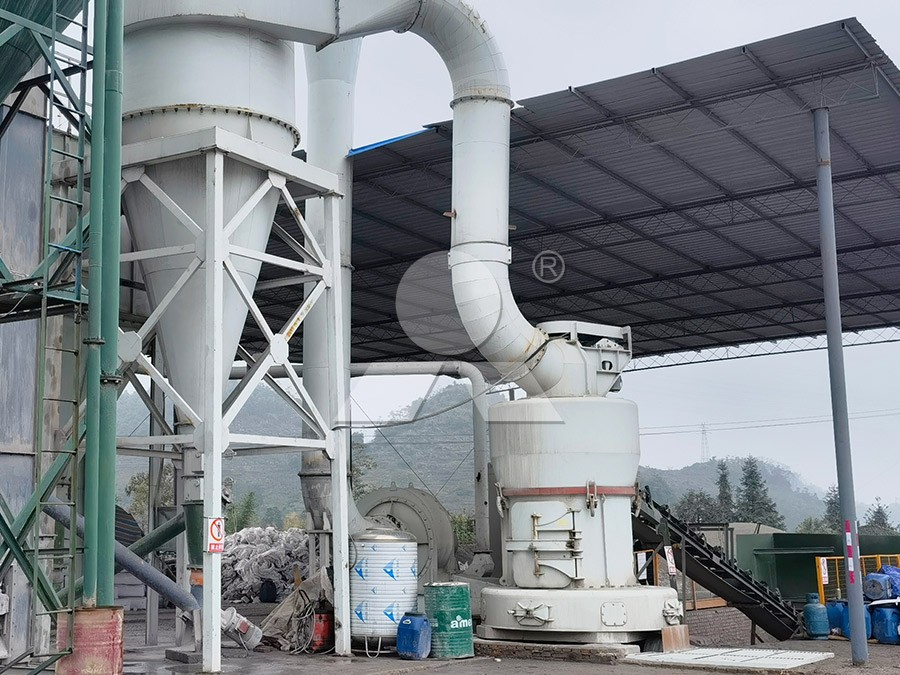The Dangers and Safety Concerns of Petroleum Coke Grinding Mills
The Dangers and Safety Concerns of Petroleum Coke Grinding Mills
Petroleum coke grinding operations present unique challenges that demand careful consideration of safety protocols and equipment selection. The very nature of petcoke – a carbon-rich solid derived from oil refining – creates specific hazards that must be addressed through proper engineering controls and operational procedures.
Primary Safety Concerns in Petcoke Grinding
The most significant risks in petroleum coke grinding operations stem from three main factors: dust explosibility, equipment overheating, and material handling hazards. Petcoke dust, when suspended in air at certain concentrations, can form explosive mixtures when exposed to ignition sources. The minimum ignition energy for petcoke dust is relatively low, meaning even small sparks from mechanical operations or static electricity can trigger devastating explosions.

Additionally, the grinding process generates significant heat through mechanical friction. Without proper temperature controls, this heat buildup can create thermal runaway conditions, potentially igniting the material itself. The abrasive nature of petroleum coke also accelerates wear on grinding components, increasing the risk of mechanical failure and subsequent safety incidents.
Engineering Controls for Safe Operation
Modern grinding mill designs incorporate multiple safety features to mitigate these risks. Explosion prevention systems, including pressure relief vents and suppression systems, are essential components. Proper ventilation and dust collection systems must maintain dust concentrations below explosive limits, while eliminating potential ignition sources through appropriate electrical classifications and grounding systems.
Temperature monitoring systems should provide real-time feedback on grinding conditions, with automatic shutdown capabilities when temperatures approach dangerous levels. Regular inspection and maintenance protocols for wearing components prevent unexpected failures that could compromise safety.
Advanced Grinding Solutions for Enhanced Safety
For operations processing petroleum coke, the MW Ultrafine Grinding Mill represents a significant advancement in safety engineering. This system addresses multiple safety concerns through its integrated design, featuring an efficient pulse dust collector that maintains dust concentrations at safe levels throughout the grinding process. The absence of rolling bearings and screws in the grinding chamber eliminates common failure points that could generate sparks or cause blockages.

With an input size capability of 0-20 mm and capacity ranging from 0.5-25 tph, the MW Grinding Mill handles petroleum coke efficiently while maintaining safety margins. The external lubrication system allows for maintenance without shutdowns, reducing the need for personnel to access potentially hazardous areas during operation. The integrated muffler and noise reduction features further protect operators from hearing damage, addressing another important aspect of workplace safety.
For operations requiring different specifications, the LUM Ultrafine Vertical Grinding Mill offers complementary safety advantages. Its double position-limiting technology prevents destructive contact between grinding components during unexpected vibration events, while the reversible structure simplifies maintenance procedures, reducing technician exposure to hazardous situations.
Operational Best Practices
Beyond equipment selection, comprehensive safety requires adherence to strict operational protocols. Regular housekeeping to prevent dust accumulation, proper personal protective equipment usage, and thorough employee training on hazard recognition form the foundation of a safe grinding operation. Implementation of lockout-tagout procedures during maintenance and clear emergency response plans further enhance safety outcomes.

Continuous monitoring of grinding parameters, including temperature, pressure, and motor load, provides early warning of developing problems. Automated systems that adjust operational parameters in response to changing conditions can prevent many safety incidents before they occur.
Conclusion
The dangers associated with petroleum coke grinding are significant but manageable through proper equipment selection, engineering controls, and operational discipline. By choosing mills specifically designed with safety features for challenging materials like petcoke, and implementing comprehensive safety programs, operations can achieve both productivity and protection for personnel and facilities.
Frequently Asked Questions
What makes petroleum coke more hazardous to grind than other materials?
Petroleum coke presents unique hazards due to its combustible dust properties, abrasive nature that accelerates equipment wear, and potential for heat buildup during grinding operations. The dust can form explosive mixtures at relatively low concentrations.
How does the MW Ultrafine Grinding Mill address dust explosion risks?
The MW Mill incorporates an efficient pulse dust collector that maintains dust concentrations below dangerous levels throughout the system. The sealed design prevents dust escape, while the absence of internal components that could generate sparks reduces ignition sources.
What maintenance features enhance safety in modern grinding mills?
Features like external lubrication systems (allowing maintenance without shutdown), reversible structures for easier component access, and absence of internal screws and rolling bearings all contribute to reduced maintenance risks and enhanced operational safety.
How important is temperature monitoring in petcoke grinding operations?
Extremely important. Temperature monitoring provides early detection of potential overheating that could lead to ignition. Modern mills include automated systems that can adjust operations or initiate shutdown procedures when temperatures approach dangerous levels.
What additional safety measures should complement equipment selection?
Comprehensive safety programs should include regular housekeeping to prevent dust accumulation, proper employee training, implementation of lockout-tagout procedures, emergency response planning, and continuous monitoring of operational parameters.
